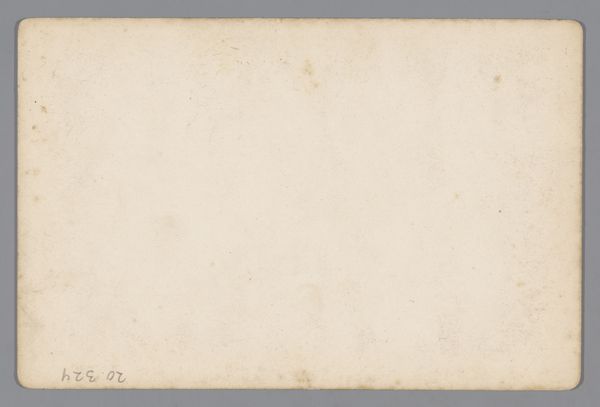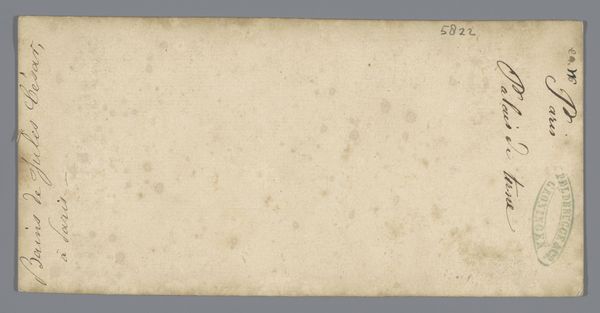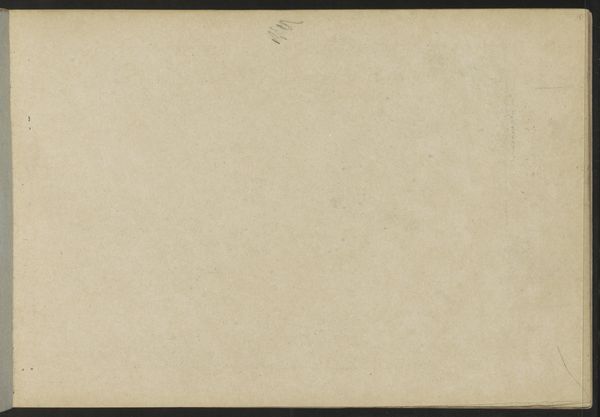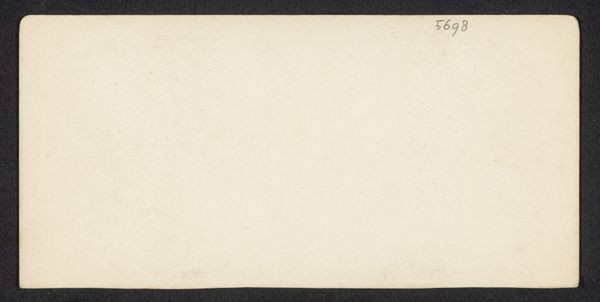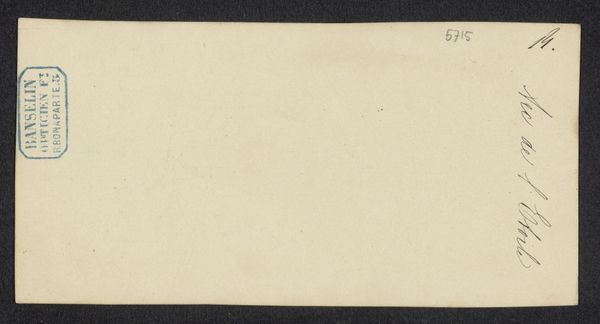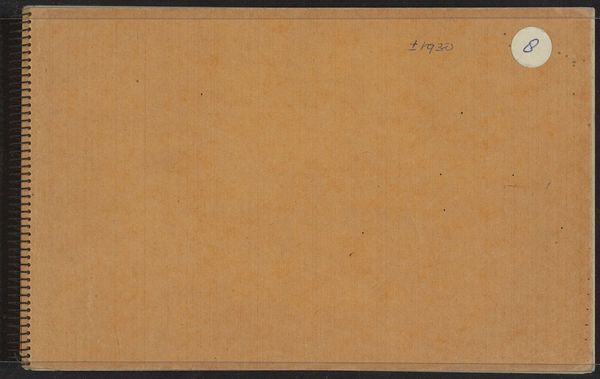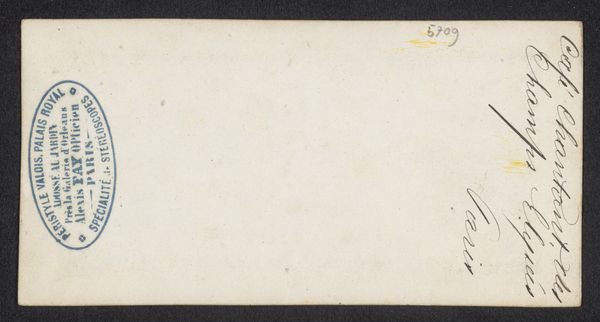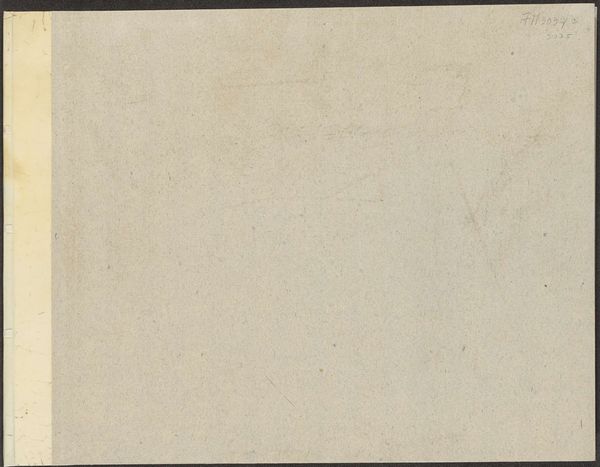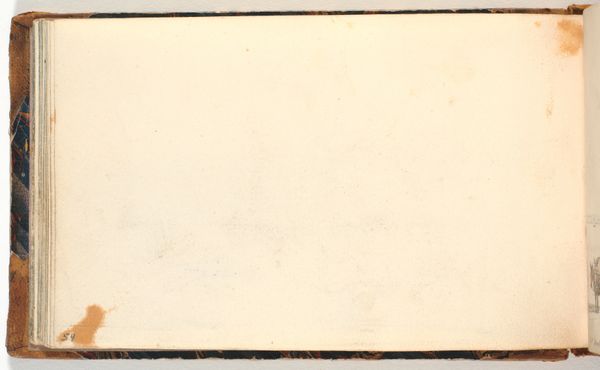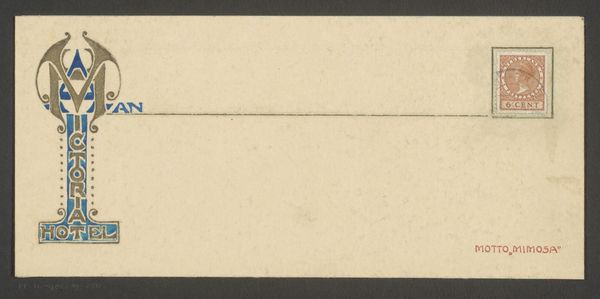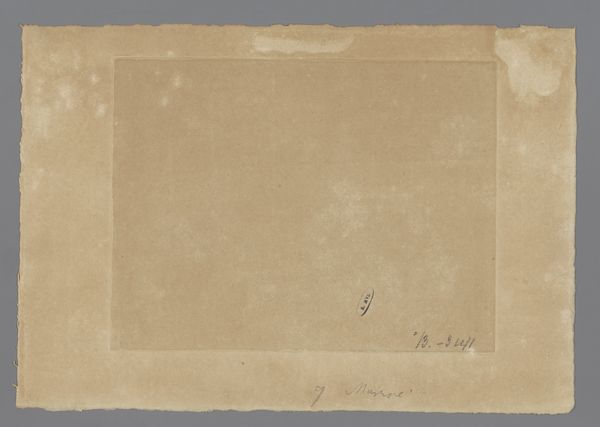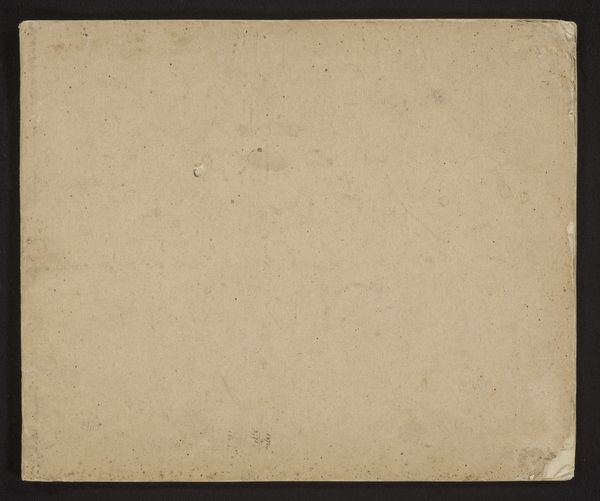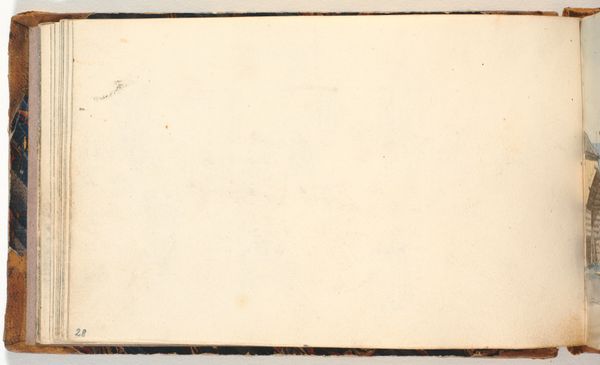
photography, albumen-print
#
landscape
#
photography
#
albumen-print
Dimensions: height 85 mm, width 172 mm
Copyright: Rijks Museum: Open Domain
This photographic print shows the Pavillon Turgot of the Musée du Louvre in Paris, but was made by an anonymous artist. The print is a stereoscopic image, designed to create a three-dimensional effect when viewed through a special viewer. Stereoscopic photography was a popular form of entertainment and documentation in the 19th century. The images provided viewers with a sense of realism and depth that was not possible with other forms of photography. Consider how the rise of photography and its ability to represent the world changed the way people saw themselves. Stereoscopic images were often used to document landscapes, architecture, and historical events, allowing people to experience places and events from afar. The anonymity of the artist also speaks to the changing nature of art production and consumption during this period. How does the stereoscopic photograph democratize art and image production?
Comments
No comments
Be the first to comment and join the conversation on the ultimate creative platform.
